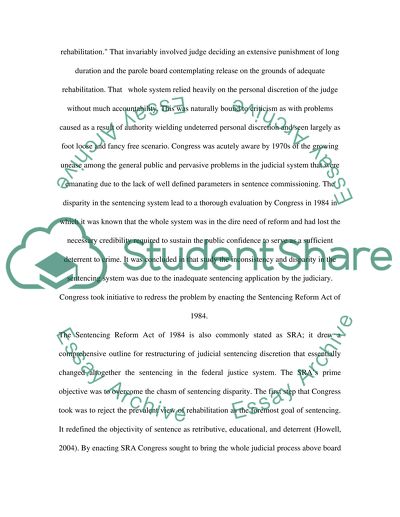Cite this document
(“The Federal Sentencing Reform Act of 1984 and Social Control Essay”, n.d.)
The Federal Sentencing Reform Act of 1984 and Social Control Essay. Retrieved from https://studentshare.org/miscellaneous/1501974-the-federal-sentencing-reform-act-of-1984-and-social-control
The Federal Sentencing Reform Act of 1984 and Social Control Essay. Retrieved from https://studentshare.org/miscellaneous/1501974-the-federal-sentencing-reform-act-of-1984-and-social-control
(The Federal Sentencing Reform Act of 1984 and Social Control Essay)
The Federal Sentencing Reform Act of 1984 and Social Control Essay. https://studentshare.org/miscellaneous/1501974-the-federal-sentencing-reform-act-of-1984-and-social-control.
The Federal Sentencing Reform Act of 1984 and Social Control Essay. https://studentshare.org/miscellaneous/1501974-the-federal-sentencing-reform-act-of-1984-and-social-control.
“The Federal Sentencing Reform Act of 1984 and Social Control Essay”, n.d. https://studentshare.org/miscellaneous/1501974-the-federal-sentencing-reform-act-of-1984-and-social-control.


